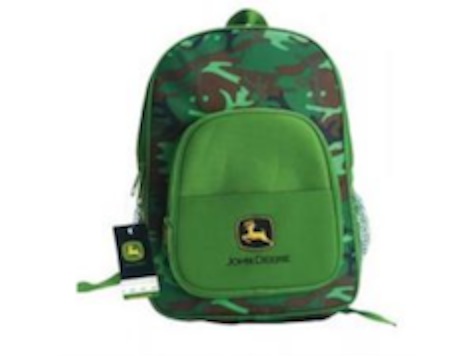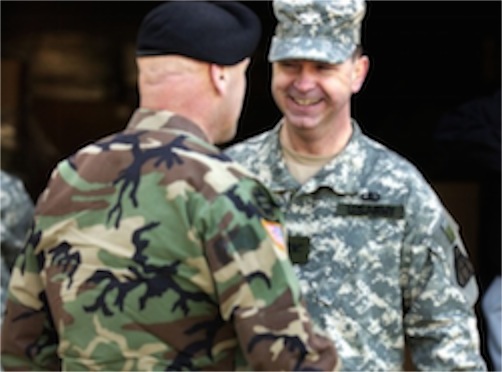Camouflage
09/05/13 04:32

The kind of hunting we did in our family when I was growing up didn’t involve building blinds or wearing camouflage. We just wore our regular clothing with bright orange hats. I was told that deer couldn’t see the color orange. At any rate, we would walk and stalk the animals by considering wind direction and anticipating where they might be. In those days, there weren’t big outfitter stores like Cabellas or Bass Pro Shops. We bought our jeans and shirts from a local store and bundled up with sweatshirts and coats for hunting. Most of the time we didn’t have hiking boots. We’d wear overshoes over our regular shoes if there was snow.
These days, there are entire sections of camouflage clothing in every outdoors store. Around here the turkey hunters are the ones who are most into wearing camouflage, but most hunters have some items of camouflage. I don’t know if wearing camouflage makes hunters more successful, or helps them have more fun obtaining food for their families, but it is popular.
I think there was a time when most camouflage was purchased from military surplus stores.
The use of camouflage clothing for military purposes arose with the replacement of muskets with rifles. As firearms became more accurate, personal concealment in battle became more important. Camouflaging large items such as aircraft and ships became more popular during the Second World War. Total concealment of a battle ship, for example, is unlikely, but the mottled paint schemes made it more difficult for enemy gunners to determine the target’s speed, range, and heading. The advent of modern radar has made the use of camouflage painting in military aircraft obsolete. Modern aircraft are painted with dull, non-reflective paints, often in gray or dark gray, depending on altitude and speed of operation.

According to Timothy O’Neill, a retired Army lieutenant colonel who studied camouflage patterns as a West Point professor, “If you have 10 patterns, some of them are going to be good. Some of them are going to be bad. Some of them are going to be in the middle.” Hmm . . . does that mean that more patterns available to military personnel mean some have to wear “bad” patterns, while others get “middle” patterns. Heck, who even wants to be second best? I think that all of the persons serving in the military deserve the best camouflage we can produce. But I guess it wouldn’t be the U.S. military without a degree of duplication, redundancy and a profusion of programs and equipment. So the number of camouflage patterns is increasing.
According to an article in the Washington Post, the U.S. Marines started the camouflage expansion program, investing $319,000 testing patterns to replace the traditional green and brown camouflage. They chose a digital design, using small pixels to help troops blend in. But they also intended the uniforms to make the marines stand out. Retired Marine Gen. James L. Jones, who initiated the uniform design said, “The people who saw this uniform in a combat area would know [the wearers] were U.S. Marines, for whatever that might mean.” Hmm, camouflage to make one easily identifiable . . . that’s a challenging concept. The Army was not to be outdone. They spent $2.63 million to do its own camouflage research. They came up with “universal” camouflage with gray, green and tan in the same uniform. It didn’t prove to be universal. After establishing that the pattern wasn’t good for Afghanistan, the Army spent another $2.9 million to design Afghanistan-specific camouflage and another $30 million to outfit the troops with the new design.
O’Neill, the West Point camouflage expert, was critical of the pattern that the Air Force spent $3.1 million developing. “They were not designed to hide anybody. They were designed to look cool. It’s what we call ‘CDI Factor.’ Which is, ‘Chicks dig it.’” That’s OK, because airmen are now wearing the Army pattern. It was clever of them to take advantage of the Army’s research budget.
Meanwhile the Marines have designed a camouflage pattern with eagles, globes and anchors embedded in the pattern, betting that no other service branch would go to war with the Marine’s logo printed on their pants.
I’m guessing that the expansion of camouflage patterns will continue.
In the meantime, you can still order a pink camo ballet princess fairy ballerina dress up tutu from Amazon.com.
